Manual Transmission Gearbox Problems: An Overview
Manual transmission issues often involve trouble staying in gear, gear popping out, or difficulty engaging gears. These problems stem from worn synchronizers, low fluid levels, or damaged linkages, each requiring specific fixes.
Slipping Clutch: Causes and Symptoms
A slipping clutch is one of the most common issues in manual transmissions. It occurs when the clutch fails to fully engage, causing power loss between the engine and gearbox. Causes often include worn clutch facings, a malfunctioning clutch master or slave cylinder, or incorrect clutch pedal adjustment. Symptoms may involve difficulty shifting gears, a spongy or loose clutch pedal, and a noticeable decrease in engine performance. In some cases, a slipping clutch can produce grinding noises or a burning smell during operation. If left unaddressed, it can lead to premature wear of other components. Early detection is crucial, as replacing worn parts can prevent further damage. Regular inspection of the clutch system and proper maintenance are key to avoiding this issue.
Gear Shifting Problems: Common Issues and Solutions
Gear shifting problems are prevalent in manual transmissions and can manifest as difficulty engaging gears, grinding noises, or gears not shifting smoothly. Common causes include worn or damaged synchronizers, low transmission fluid levels, or issues with the shift fork or gear linkage. Symptoms may include a “grinding” feel when shifting, hesitation between gears, or the gear shifter feeling stuck. These issues can arise from improper clutch engagement, excessive wear on gear components, or lack of proper lubrication. Solutions often involve replacing worn synchronizers, replenishing transmission fluid, or repairing faulty linkages. In some cases, adjusting the gear linkage or replacing the clutch may be necessary. Early intervention is key, as ignoring these problems can lead to more severe damage. Regular maintenance, such as fluid checks and inspections, can help prevent gear shifting issues and ensure smooth operation; Addressing these problems promptly is essential to avoid costly repairs down the line.

Sticking Clutch: Diagnosis and Repair
A sticking clutch is a common issue in manual transmissions, often caused by hydraulic system failures or excessive heat buildup. Symptoms include the clutch pedal sticking to the floor, difficulty shifting gears, or the engine revving without the vehicle accelerating. Diagnosis involves checking the clutch master and slave cylinders for leaks or damage, inspecting the clutch disc for wear, and ensuring proper hydraulic fluid levels. Repair may require replacing faulty cylinders, bleeding the hydraulic system, or installing a new clutch kit. Ignoring a sticking clutch can lead to further damage, such as worn flywheels or pressure plates. Regular maintenance, like fluid checks and inspections, can prevent this issue. Ensure all components are functioning correctly to maintain smooth clutch operation and avoid costly repairs.
Leaking Fluid: Identifying and Fixing Transmission Oil Leakage
Transmission oil leakage is a prevalent issue in manual gearboxes, often caused by worn seals, gaskets, or damaged pan bolts. Symptoms include oil spots under the vehicle, low fluid levels, and potentially grinding noises from insufficient lubrication. Identification involves inspecting the transmission pan, seals, and drain plug for leaks. Repair typically requires replacing the faulty gasket or seal and ensuring all bolts are tightened properly. In severe cases, the transmission pan may need to be replaced. It’s crucial to address leaks promptly to prevent overheating and damage to internal components. Regular fluid level checks and inspections can help catch leaks early, avoiding costly repairs. Always use the correct type of transmission oil to maintain optimal gearbox performance and longevity.
Trouble Staying in Gear: Possible Causes and Solutions

Trouble staying in gear is a common issue in manual transmissions, often caused by worn or damaged synchronizers, gear teeth, or a malfunctioning clutch. Symptoms include gears slipping out or difficulty engaging, especially when shifting under load; Causes may also include misaligned gear forks, a worn shift shaft, or improper clutch release. Solutions involve inspecting and replacing worn components such as synchronizers, gears, or the clutch. Adjusting the clutch linkage or replacing the clutch master/slave cylinders can also resolve the issue. In some cases, the transmission may need to be disassembled for internal repairs. Addressing this problem promptly is essential to prevent further damage and ensure smooth gear engagement. Regular maintenance, including lubrication checks, can help prevent such issues from arising.
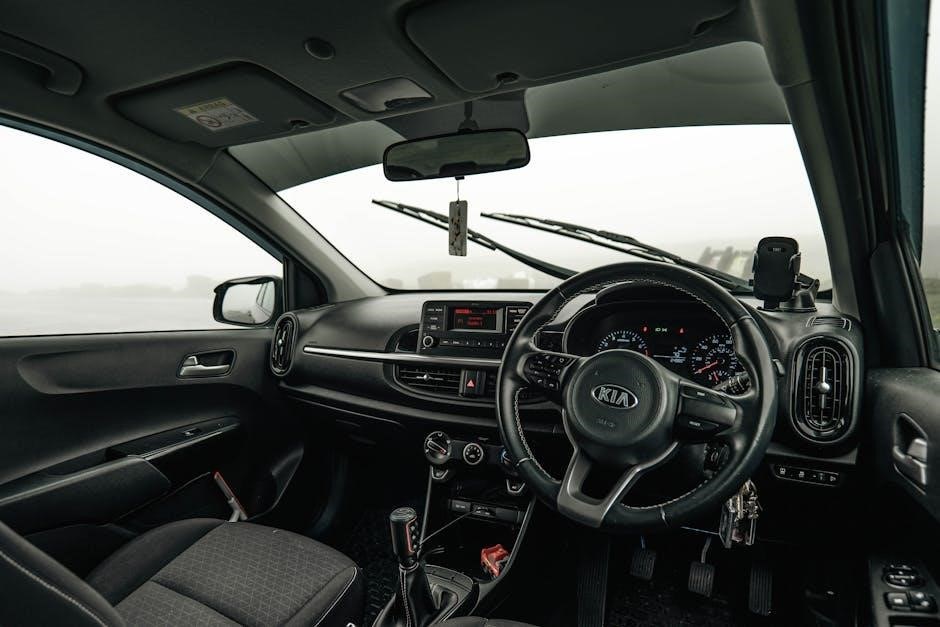
Dragging Clutch: Signs and Remedies
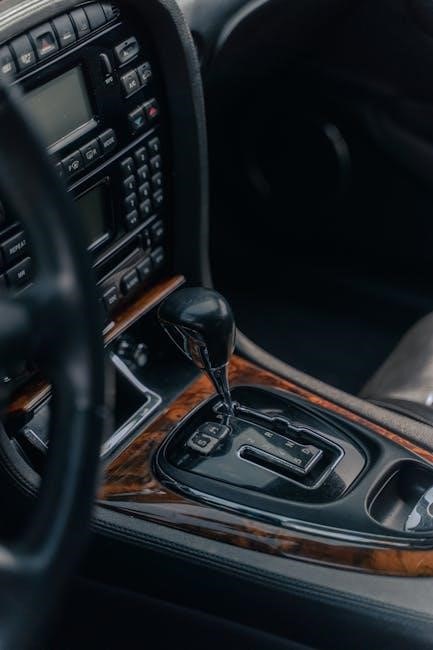
A dragging clutch occurs when the clutch fails to fully disengage from the engine, causing the transmission to remain partially connected even when the pedal is pressed. This can lead to difficulty shifting gears, grinding noises, and increased wear on clutch and transmission components. Common signs include a sticking or hard-to-press clutch pedal, inability to shift into gear smoothly, and a spongy or inconsistent pedal feel. Causes often involve worn or warped clutch components, misadjusted clutch linkage, or faulty clutch master or slave cylinders. Remedies typically involve inspecting and replacing worn parts, adjusting the clutch linkage, or bleeding the hydraulic system to ensure proper engagement. In severe cases, the clutch may need to be replaced entirely. Early intervention is crucial to prevent further damage to the transmission and ensure smooth operation. Regular maintenance can help identify and address issues before they escalate.
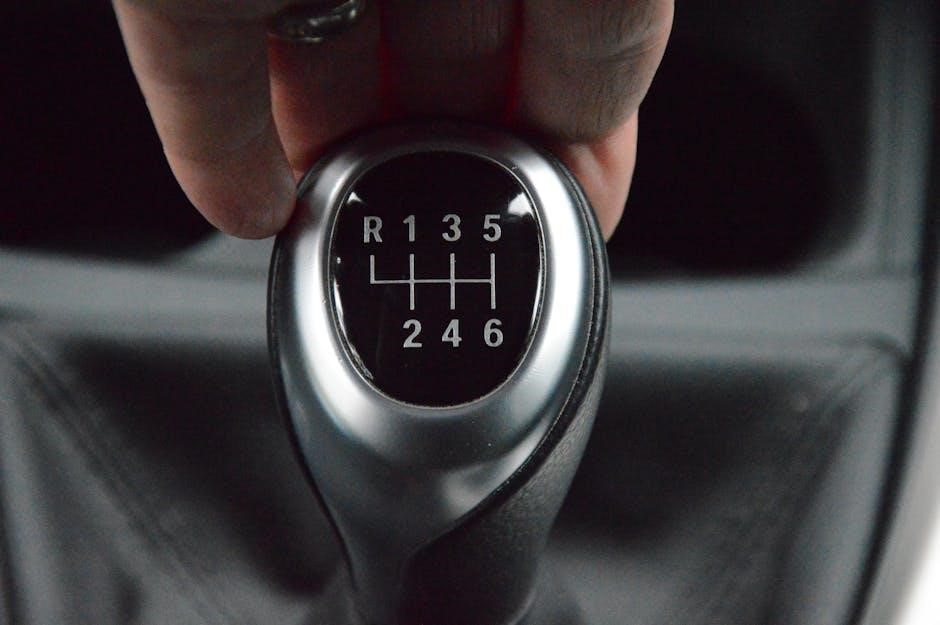
Grinding Noises: Understanding the Root Causes
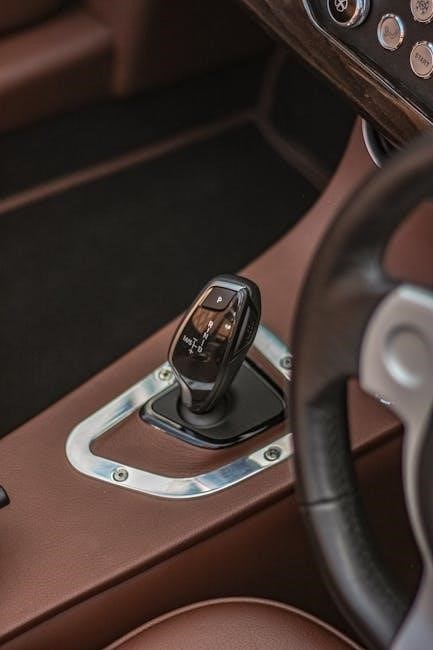
Grinding noises during gear shifts are a common issue in manual transmissions and can indicate underlying mechanical problems. Root causes often involve worn or damaged synchronizers, gear teeth, or bearings. When synchronizers fail to properly engage gears, a grinding or clashing sound occurs. Additionally, low transmission fluid levels or incorrect lubrication can lead to excessive friction and noise. Misalignment of the transmission or improper installation of components may also contribute. Symptoms include a loud grinding noise when shifting into specific gears, difficulty engaging gears, and increased vibration. If left unaddressed, these issues can lead to further damage, such as stripped gears or complete transmission failure. Solutions typically involve replacing worn components, replenishing or changing the transmission fluid, and ensuring proper alignment. Regular maintenance and prompt repair are essential to prevent costly damages and ensure smooth operation of the manual transmission system.

Gear Popping Out: Reasons and Fixes
Gear popping out, also known as “jumping gears,” is a frustrating issue where the transmission disengages from the selected gear, often during acceleration or when climbing a hill. Common causes include worn or damaged synchronizers, which fail to hold the gear in place, or a faulty detent mechanism that doesn’t properly lock the gear. Additionally, low transmission fluid levels or incorrect lubrication can reduce pressure on the gears, allowing them to slip out. Misaligned or loose gear linkage components may also contribute to the problem. Symptoms include sudden disengagement of the gear, especially under load, and difficulty maintaining speed. Solutions involve inspecting and replacing worn synchronizers, gear teeth, or the detent mechanism. Adjusting or replacing the gear linkage and ensuring proper transmission fluid levels are also critical. Addressing these issues promptly prevents further damage to the gearbox and ensures reliable shifting. Regular maintenance can help identify and resolve these problems before they escalate.
Common Transmission Noises: Ticking and Other Sounds
Unusual noises from a manual transmission are often early warning signs of underlying problems. Ticking sounds are commonly caused by worn bearings or insufficient transmission fluid levels, which reduce lubrication. Grinding noises typically occur when gear teeth are worn or misaligned, while whining sounds may indicate damaged gears or bearings. These noises often worsen with speed or load. Ignoring them can lead to more severe damage, such as gear failure or bearing collapse. Solutions include replenishing transmission fluid, replacing worn bearings, or repairing damaged gears. In some cases, a complete gearbox rebuild may be necessary. Early diagnosis is crucial to prevent costly repairs. Regular inspections and maintaining proper fluid levels can help identify these issues before they escalate. Addressing transmission noises promptly ensures smoother operation and extends the lifespan of the gearbox. Always consult a professional if unusual sounds persist or worsen over time. Timely intervention is key to maintaining optimal performance.
Prevention and Maintenance Tips for Manual Transmissions
Regular maintenance is crucial to prevent manual transmission issues and extend its lifespan. Start with routine inspections of the clutch and gearbox components; Check transmission fluid levels regularly, as low fluid can cause gears to wear and malfunction. Always use the correct type of fluid recommended by the manufacturer. Avoid aggressive driving habits, such as rapid shifting or riding the clutch, as these can strain the gearbox and clutch. Ensure the clutch is fully disengaged before shifting gears to prevent grinding or damage. Additionally, avoid overloading the vehicle, as this can stress the transmission. Schedule professional servicing periodically to identify and address potential problems early. Replacing worn or damaged components promptly can prevent more costly repairs. By following these tips, you can significantly reduce the risk of transmission failures and ensure smooth, reliable performance for years to come.
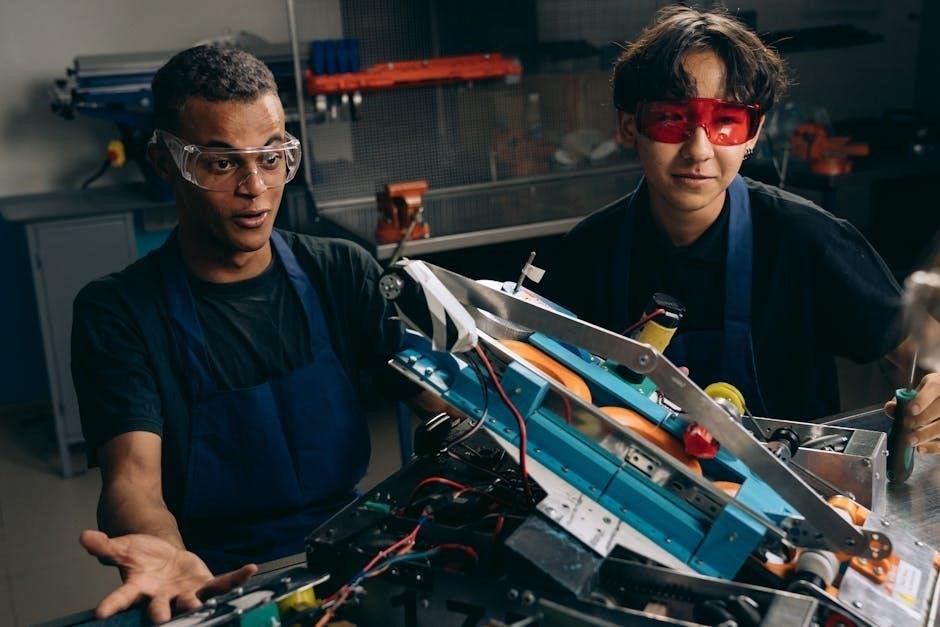
The Importance of Early Intervention in Transmission Issues
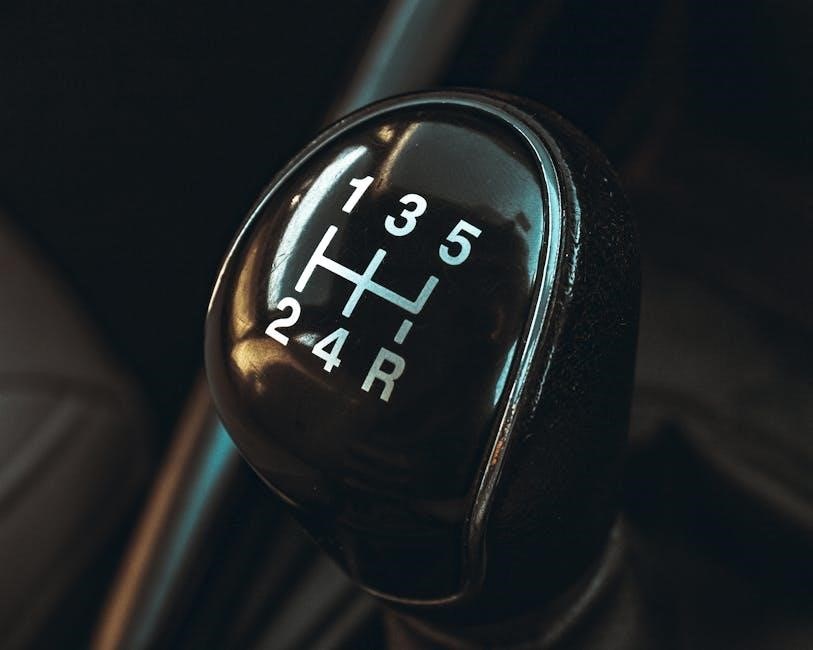
Addressing manual transmission problems early is vital to prevent minor issues from escalating into major repairs. Ignoring symptoms like slipping clutches or grinding noises can lead to costly damage, such as worn gears or failed synchronizers. Early intervention not only saves money but also ensures your vehicle remains reliable and safe to drive. Regular inspections and prompt repairs can extend the lifespan of your transmission. If you notice any unusual behavior, such as difficulty shifting gears or leaking fluid, consult a professional immediately. Delaying maintenance often results in more severe problems, requiring extensive overhauls or even complete replacements. By taking action early, you can resolve issues quickly and efficiently, minimizing downtime and keeping your vehicle in optimal condition. Early intervention is key to maintaining the health and performance of your manual transmission, ensuring it continues to function smoothly for years to come.